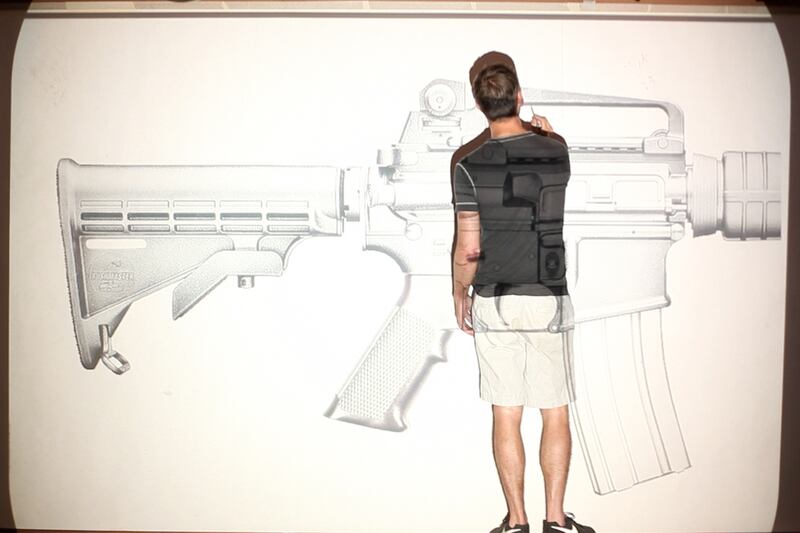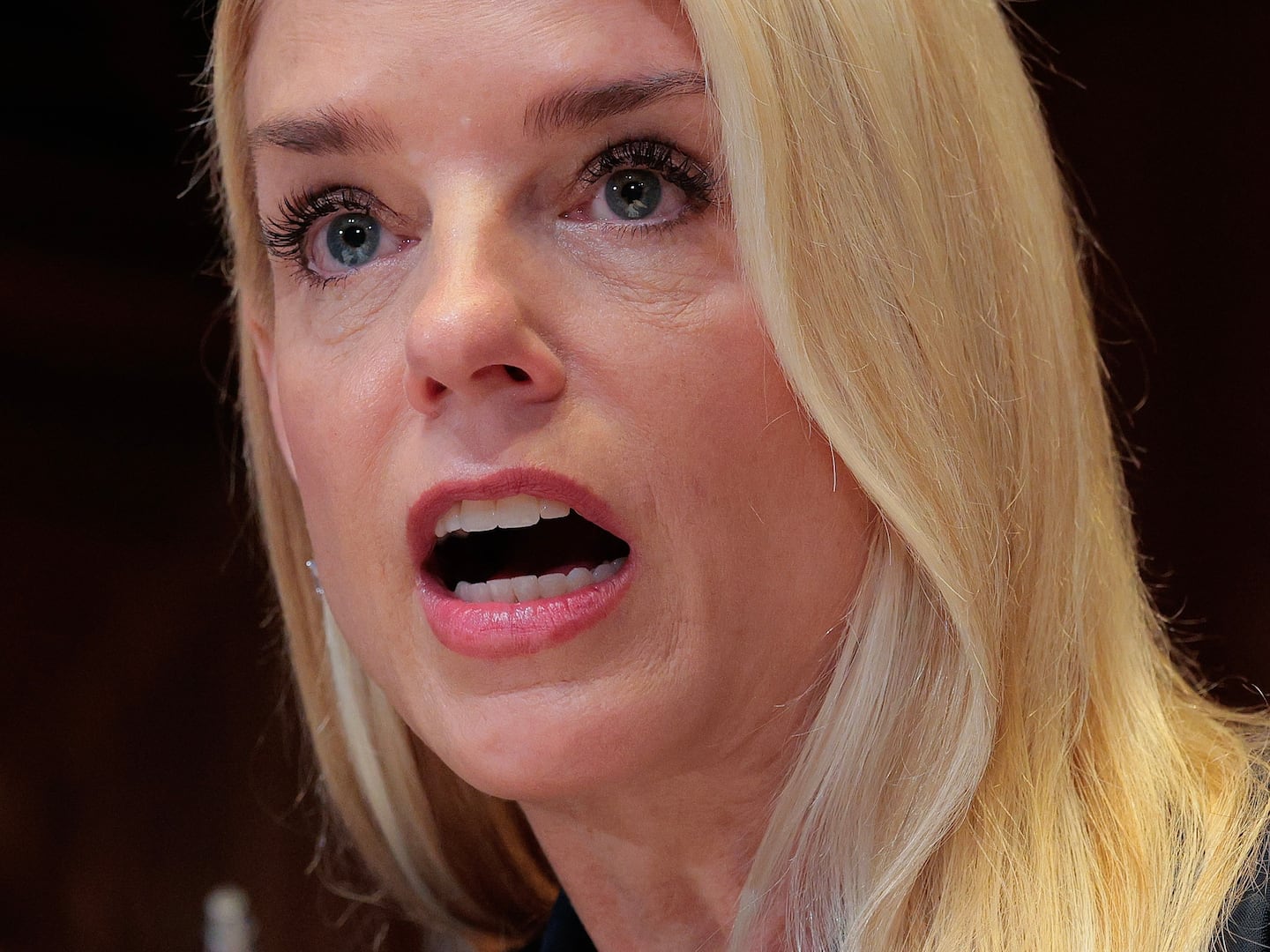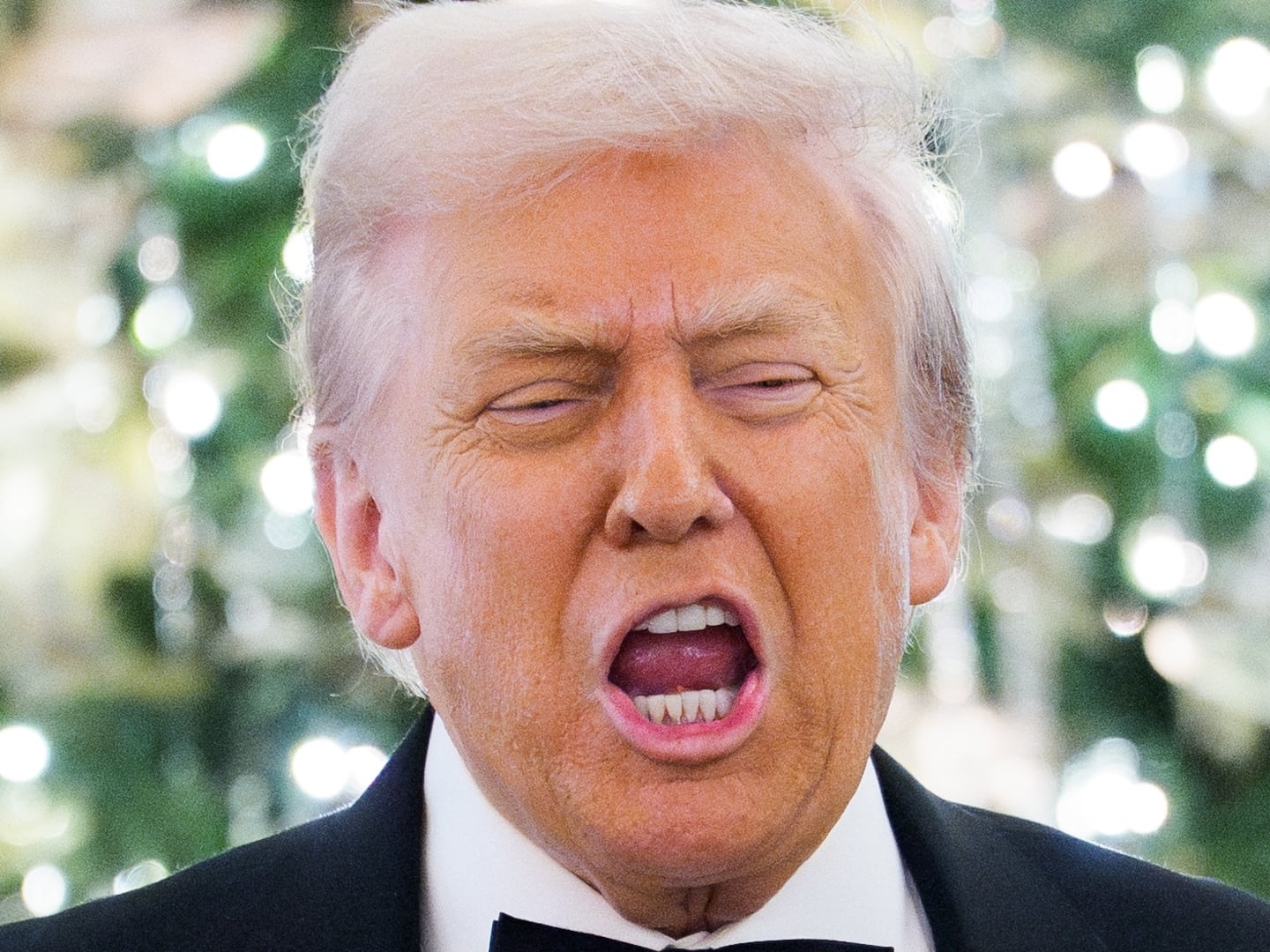When an old friend, Greg Bokor, informed me over Memorial Day weekend last year that his interactive art installation was just accepted into ArtPrize 2013, I was handed this incredible visual to capture. The piece, called Erase, would be a detailed, 20x7-foot drawing of an AR-15 assault rifle, and it would be completed when the audience fully erased it.
Erase elicited the emotional and the act of the memorial; it was a visceral appeal asking whether the ownership of a physical object was more significant than a person’s life. As a dedication to those killed by gun violence, Greg wanted Erase to focus attention on the deaths created by guns and encourage others to contemplate the object and its necessity. In an act of art as activism, each eraser was stamped with the name and age of those lost in Aurora, Newtown, Virginia Tech, and Columbine—it was a quiet, moving commemorative.
During the first weekend of filming with Greg, I heard of Cody Wilson and I was emotionally rocked. Named one of Wired Magazine’s “15 Most Dangerous People in the World,” Cody is known for developing the first open source 3D-printed plastic handgun (dubbed “The Liberator”). Once the computer-aided design (CAD) files of The Liberator were released on the Internet, they live there forever, for anyone—regardless of age, criminal record or mental health status—to download and use. Relying on the freedom of open source software, The Liberator threatened to be a game changer, directly terrorizing the concept of control.
At that point, I knew I had found the yang to my unfolding story.

Cody’s first response to me filming him was no. But after three very long conversations where we gamely discussed his motivations, he decided to partake knowing the film’s impartial stance.
Through these conversations, I discovered that Cody’s foray into gun printing was not about guns at all; it was about ideology. Plenty can already be seen and read of Cody and his strong belief in open source design, but when I look back at my notes from June 2013 I believe his principles can be succinctly encapsulated as such: “The Liberator is a project of equality” meant to “transcend technological and political boundaries,” he told me. This act of “ideological violence,” as he calls it, was not about physical violence but a project of provocation and a well-strategized power play that employs the impact of a new, irreversible technology.
Thus, Greg Bokor and Cody Wilson became the lynchpins of my first film No Control —the emotional and the political.
From there, I ventured across the country—to Colorado, New York, Michigan, and Connecticut —meeting with activists, professors, lawyers, state senators, social advocates and everyday citizens dissatisfied by the choices of their representatives and the media’s rampant polarization of the gun debate. I wanted to learn for myself what gun control means, what is the purpose of the laws being discussed or implemented, and if these laws would actually work to lower the rate of gun violence. With each interview, I was confronted with my own lack of education on the regulations already in place in the U.S.
Did you know that you can purchase and mill 80 percent receivers without a license? The receiver is the only part of the gun that can be legally controlled and must be serialized if 100 percent complete.
Are you aware that it is fairly common for people to build their own unregistered rifles out of 80 percent receivers? That this is a common practice largely unregulated by state legislators and law enforcement officials? Anyone with a drill press can do it.
Do you realize that in most states bans on high-capacity magazines or particular rifles, like the AR-15, do not/would not eradicate said high-capacity magazines or rifles already owned? These can be grandfathered down from generation to generation.
So who and what exactly are we protecting and controlling by the gun regulations we have and those being discussed? In a country of 350+ million guns, what are logical and impactful ways to actually decrease gun violence? Is it the apparatus? Is it economics? Is it mental health? Education? Are we to focus on the machine or the actor?
Moreover, open source design adds an even more complicated spin on this debate. When any design is created, shared and improved freely amongst all, it is open source. The Liberator is open source. Thus the realm of control and regulations today suddenly finds itself playing catch up with creation and technology. So do we limit creation and the sharing of information? Or should people be free to download and print anything they so choose?
In a recent debate with Cody on design and violence at the Museum of Modern Art, journalist Rob Walker proposed, “I think you really have to decide do I want… untraceable guns made at home? Good idea, bad idea? If you think it’s a bad idea, you can’t be for open source design without limits. Period. And if you think open source design without limits really means that, you have to support the idea of an untraceable 3D gun printed in someone’s garage.”
I made this film for myself: to provoke, to learn, to engage, to dissect… yet to accomplish these things was both the goal and the obstacle. Through the process I was able to unearth personal stories, cut through the media’s reductive portrayal of an incredibly complex debate, and dig into the efficacy of existing and proposed gun laws to help expose a greater understanding of the dueling sides.
I would like that anyone who gives No Control their time to leave knowing that I did not belittle them, that they are entitled to their own experience of anger, action, opinion, and frustration and perhaps be torn in their stance on freedom and control—and maybe, just maybe they learned something new and see the complicated, perverse, and often ineffective system in which we allow ourselves to live.
Perhaps the battle of governance will always remain, the yin and the yang, but I am enthralled and challenged by the battling definitions of freedom, responsibility and control in the United States—our right to demand protection from our government and our right to protect and govern ourselves.
Jessica Solce is the director of No Control, making its World Premiere at DOC NYC on November 15.






